In this tutorial, you will learn how to effectively archive and export catalogs in Adobe Lightroom Classic CC. A well-organized photo database is crucial to keep track of your images and efficiently use the software, especially as the catalog grows over time.
Archiving images can help you keep your current catalog organized and performant while still having the ability to access previously edited photos at any time. In this guide, I will walk you through the process step by step.
Main Takeaways
- Archiving ensures a clean catalog and improved performance.
- Exporting as a catalog secures your images and their metadata in the long term.
- It is advisable to archive the catalog in a secure location, such as external hard drives or cloud systems.
Step-by-Step Guide
1. Open Catalog
Before starting the export, open your main catalog in Lightroom. I recommend using a catalog that contains extensive content, such as client projects and images collected since 2014.

2. Utilize Catalog Export Function
To archive your images, it's important to choose the right method. You should use the export as catalog feature instead of simply deleting the images. With this function, you can export your images to a new location and archive them at the same time.

3. Choose Folder
Right-click on the appropriate folder you want to export and select "Export this folder as a catalog". This can be a specific project folder or an entire archiving folder, depending on how you want to organize your catalogs.
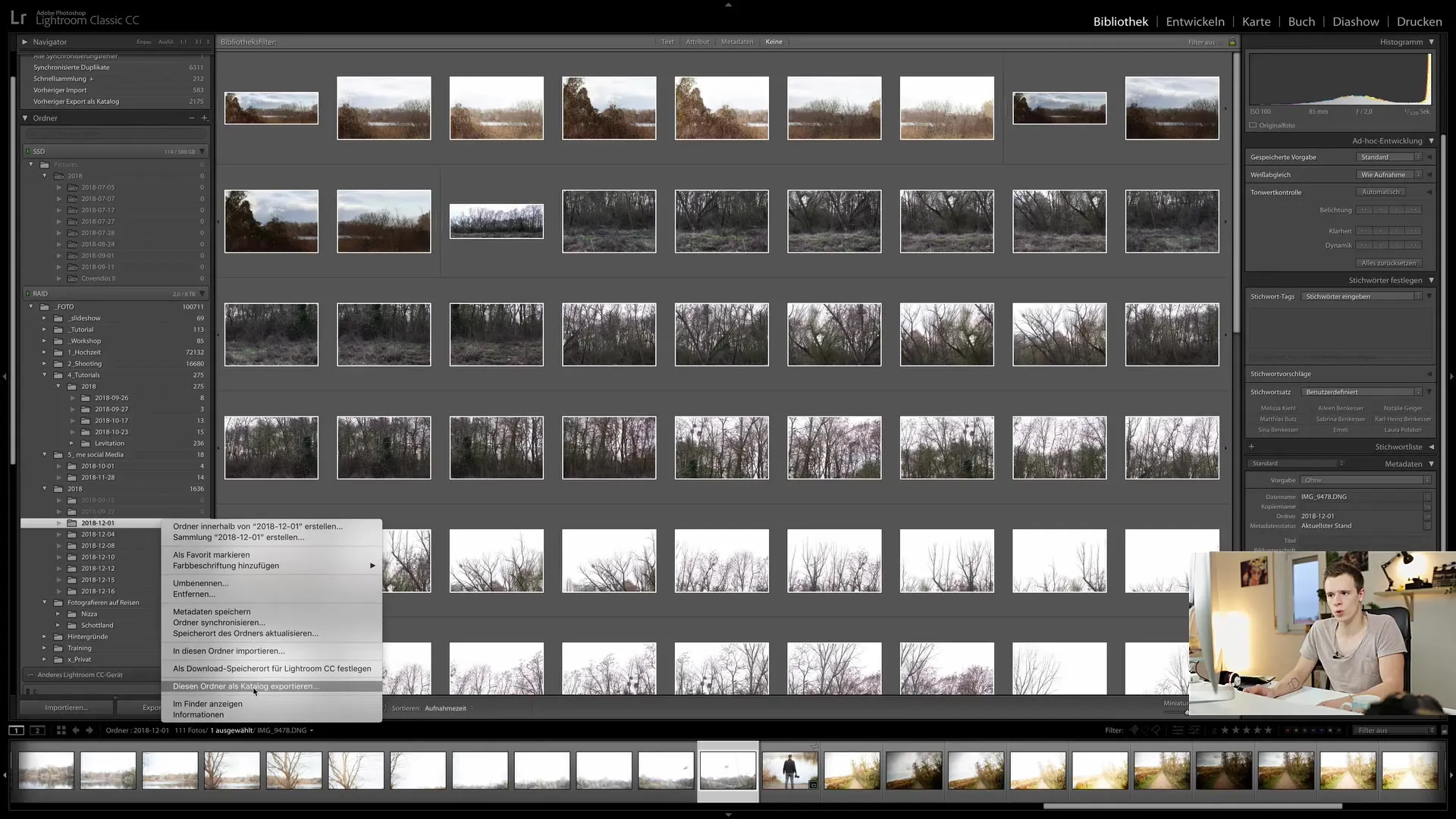
4. Define Export Location
Lightroom will then ask you for the storage location. I recommend setting a suitable location for the archive, whether it's an external hard drive or a cloud system. The desktop is not optimal unless this location is securely backed up in the long term.
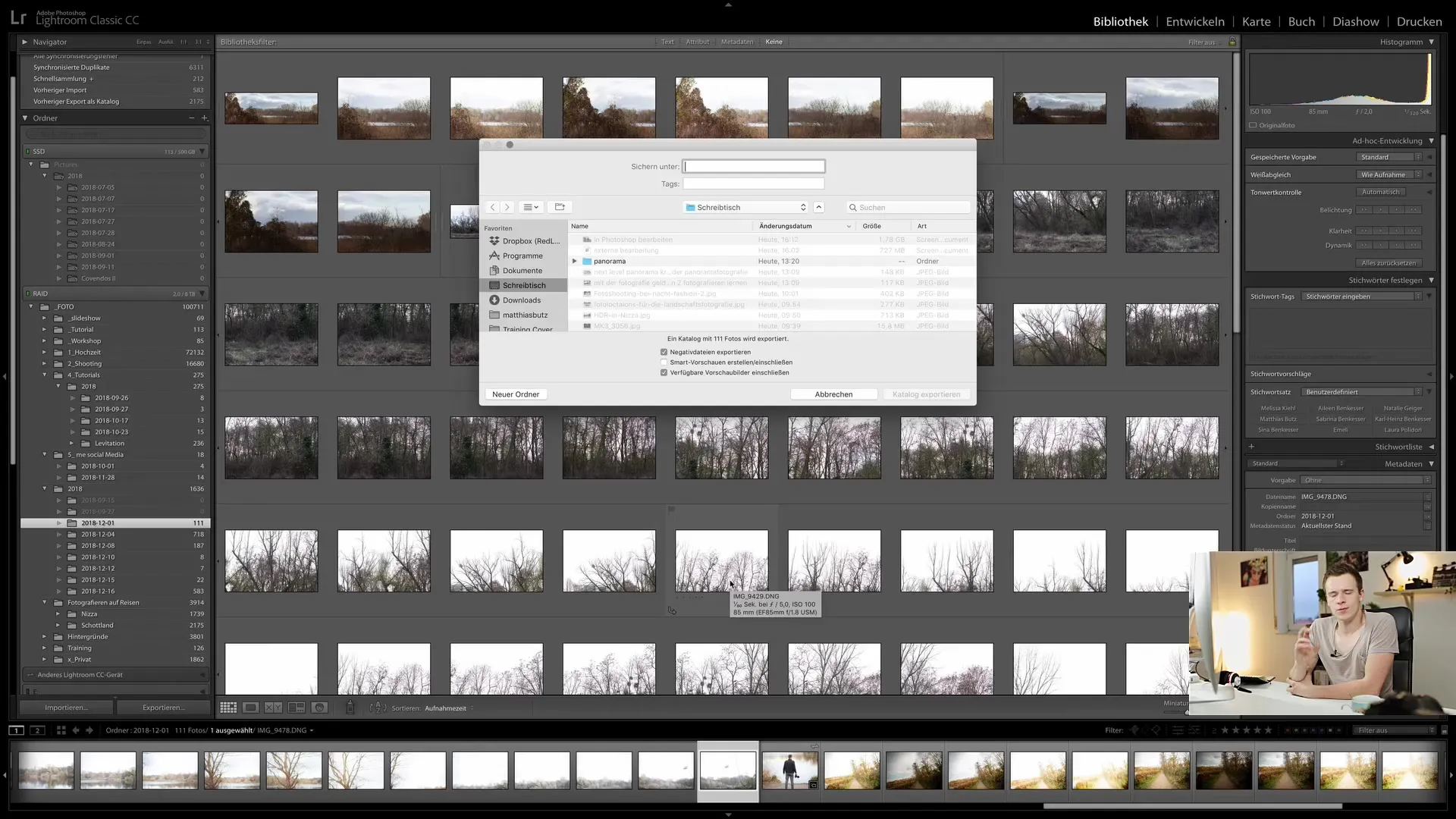
5. Name Catalog
Give the new catalog a concise name so you can easily find it. A good naming convention could include the project theme or the date. For example, "Tutorial Panorama".
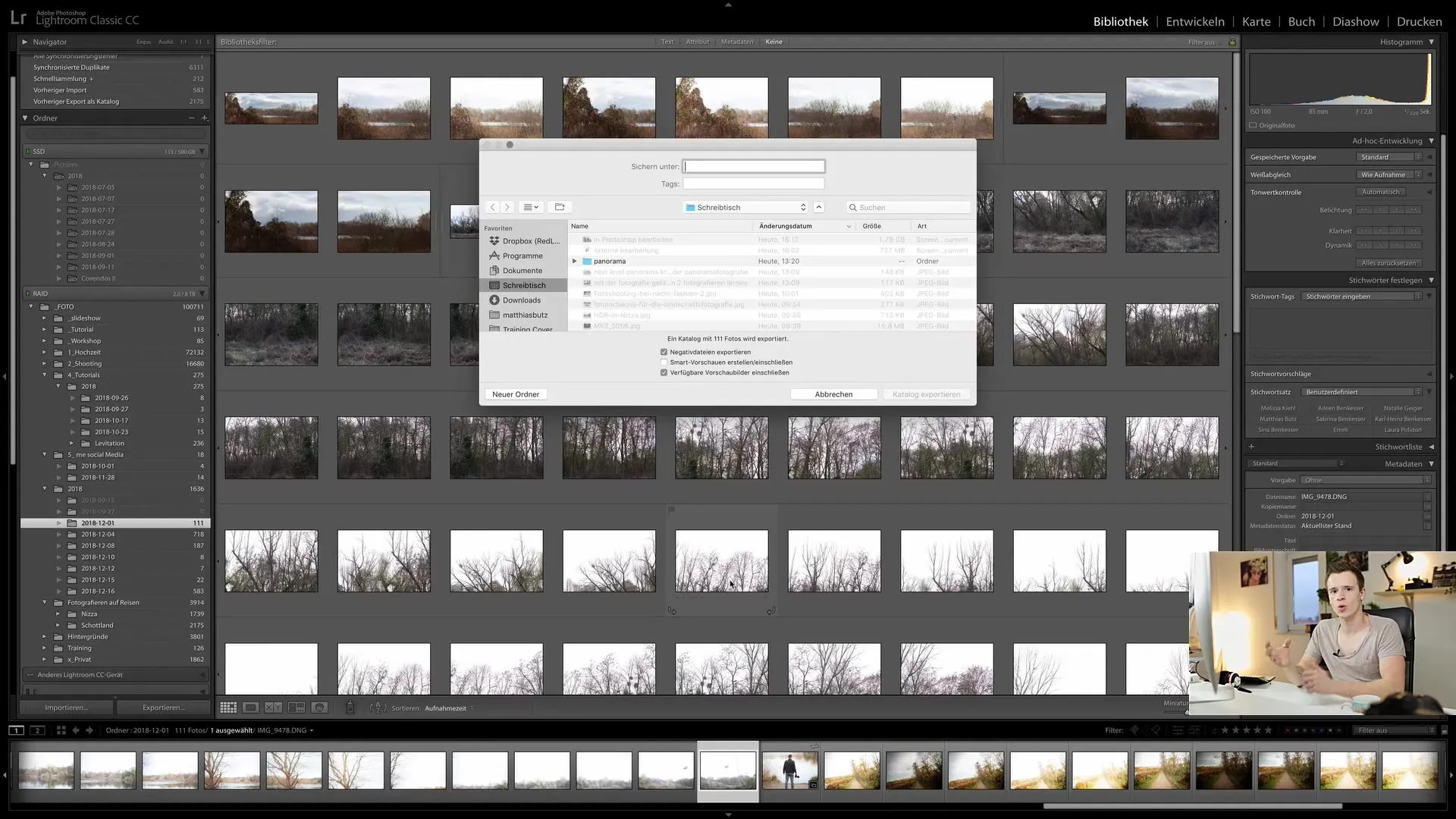
6. Define Export Options
Now you will be asked about which content you want to export. Make sure to select the "Negative Files" to export the RAW data as well. You may skip smart previews and available thumbnails unless you need them for future work.
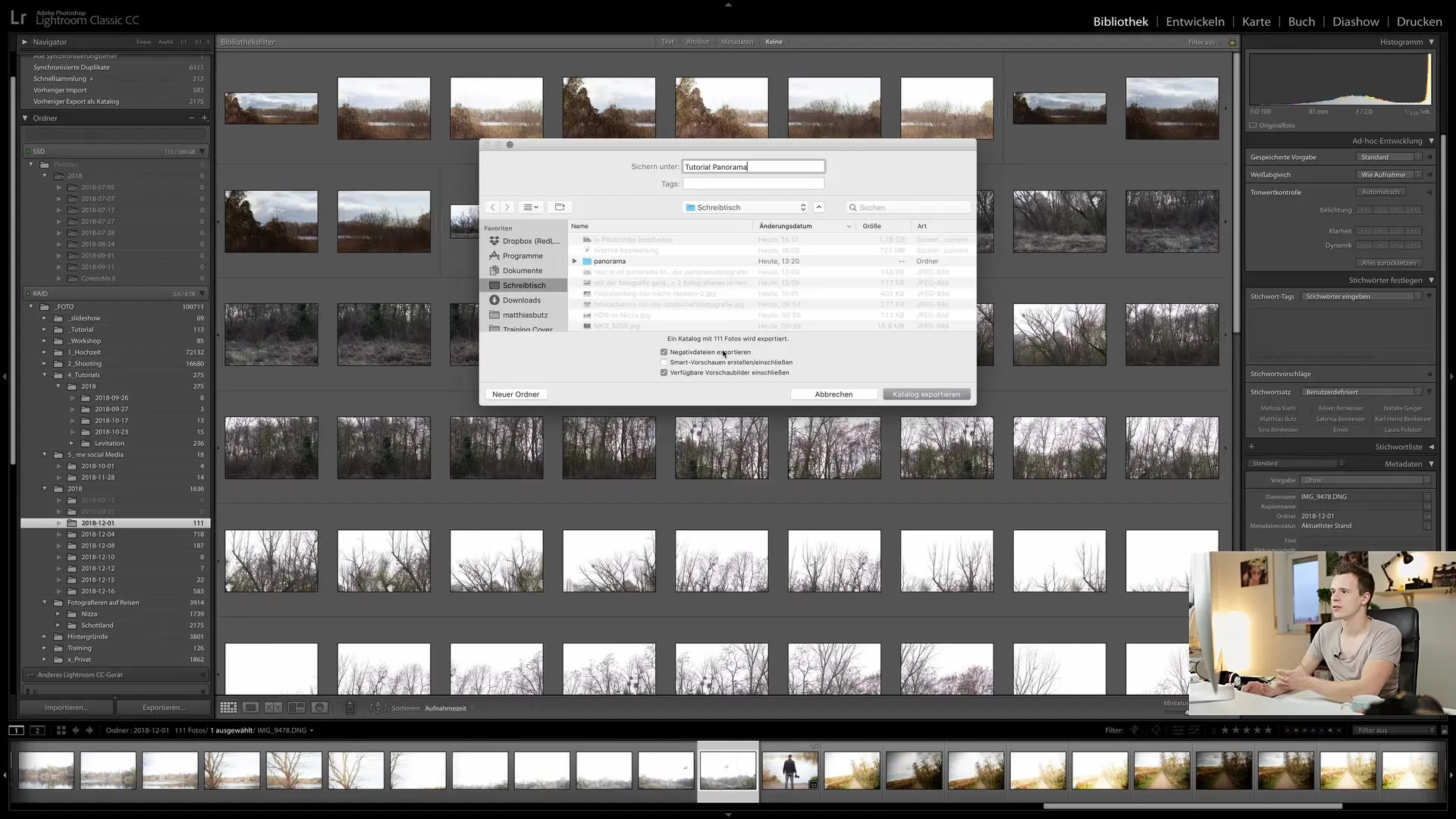
7. Export
Click on "Export". Lightroom will start the export process and create a copy of the selected images and catalog. This process may vary depending on the number of images, so be patient.
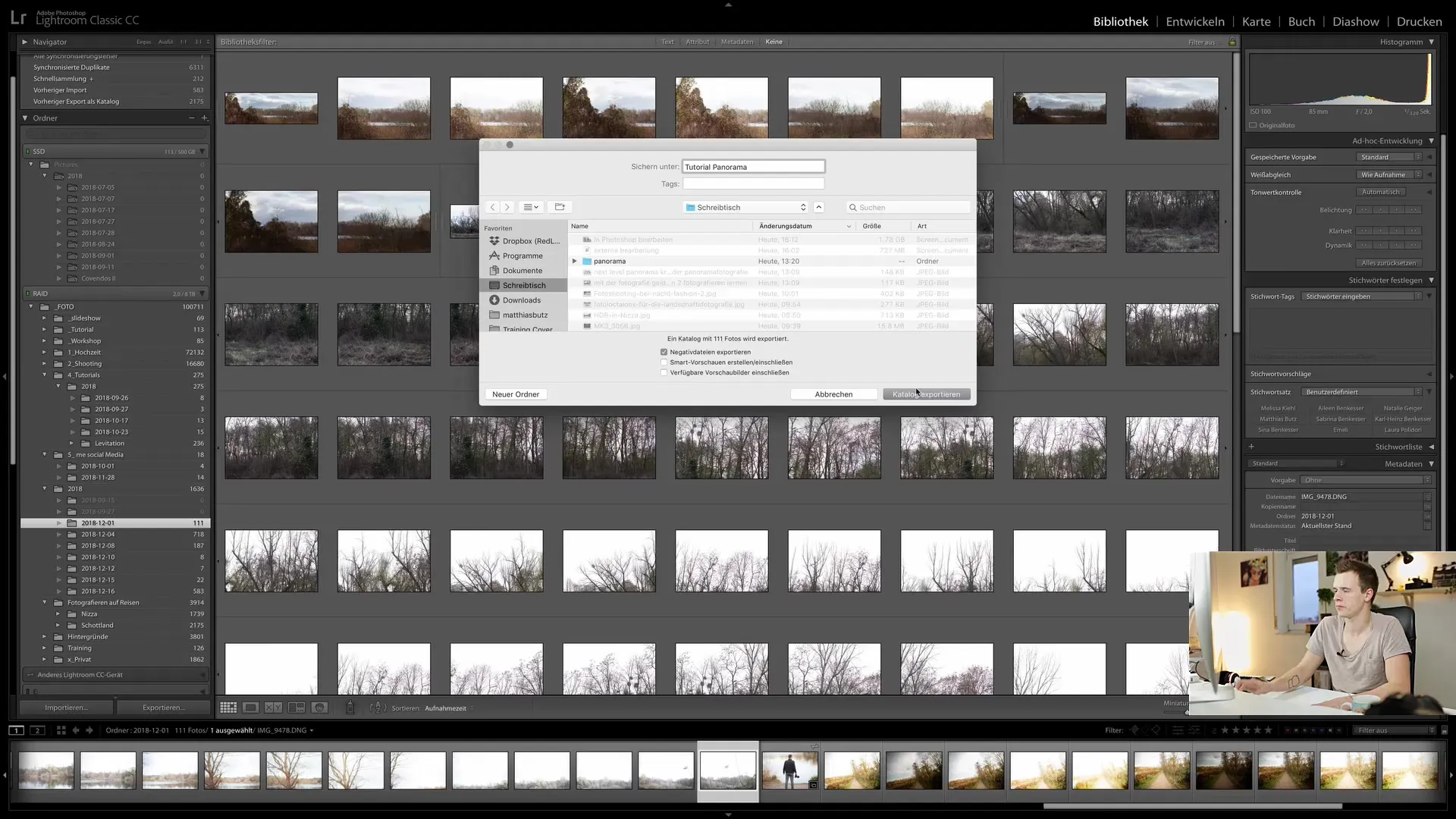
8. Review Catalog
Once the export is complete, you will see the new folder on your desktop or the specified storage location. It contains all relevant files, including the catalog file and the original paths of the exported images.

9. Restart Catalog
To use the new catalog, you need to restart Lightroom. This will load the new catalog, allowing you to access the photos. It's important to ensure that only one catalog is open at a time.
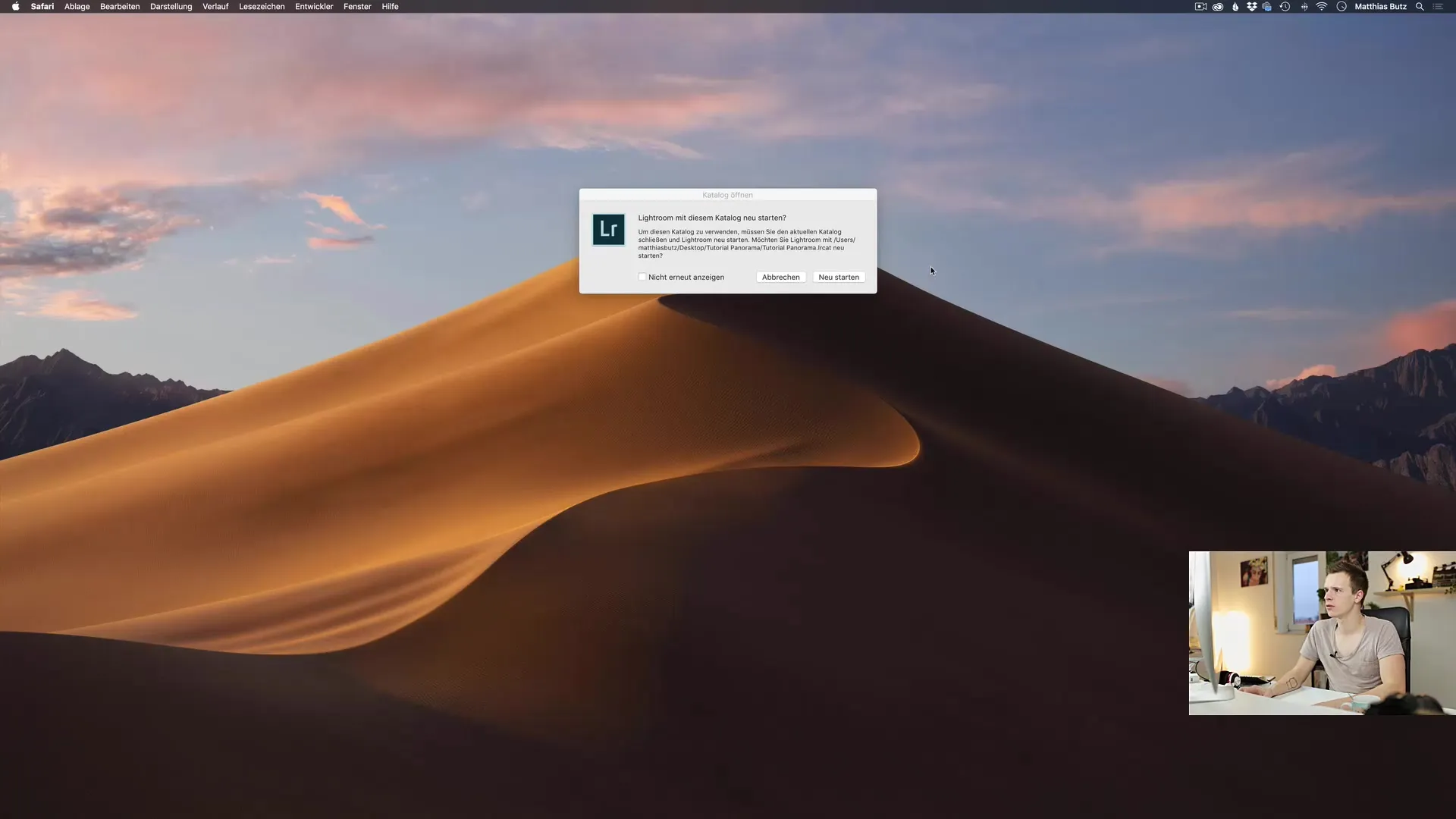
Delete old pictures
Once you have verified that the pictures have been successfully saved in the new catalog, you can delete the very old pictures from your main catalog. This will clean up your catalog and give it more performance.
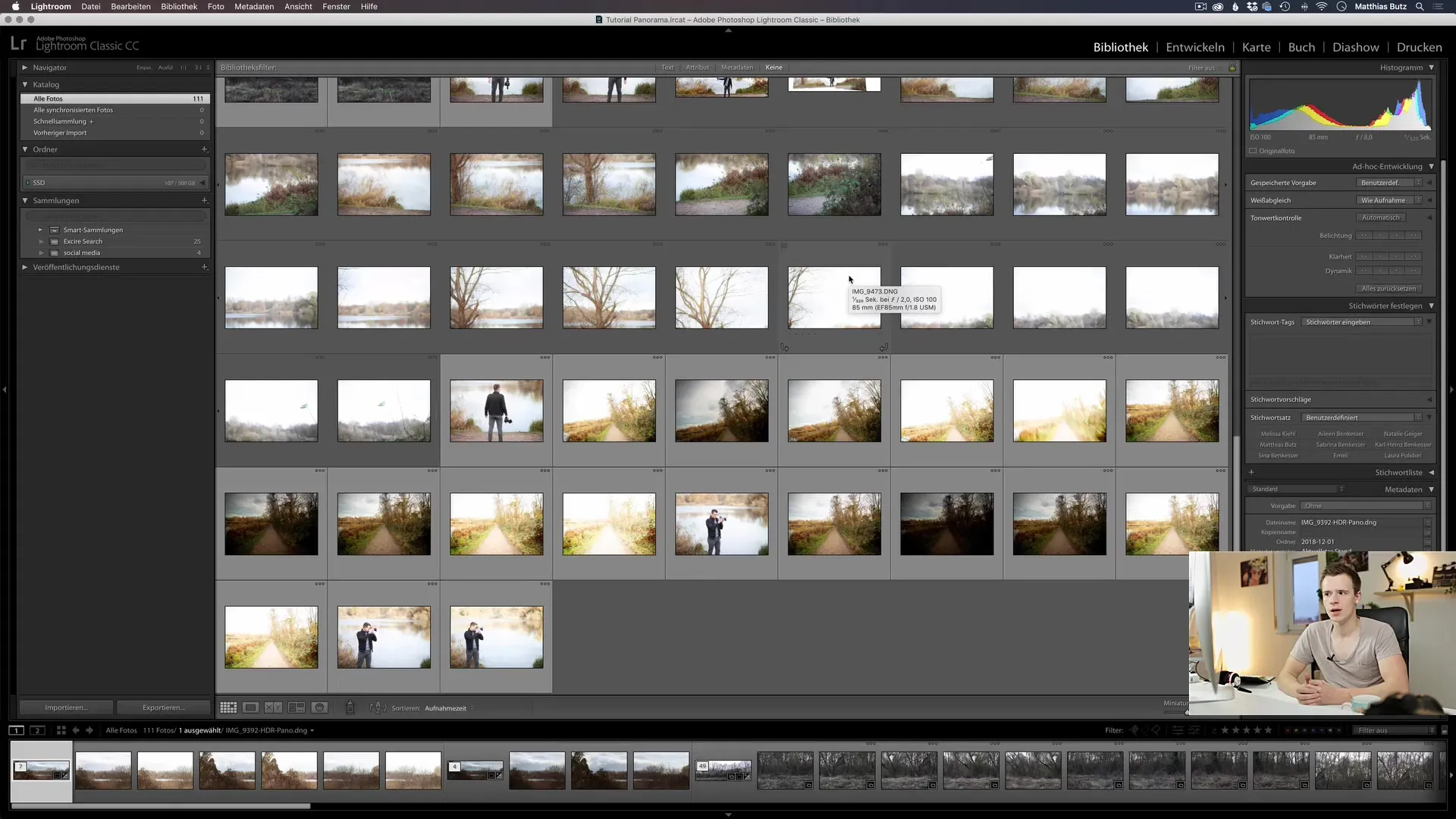
Optimize catalog
After such an action, it is important to optimize your catalog. Go to "Optimize Catalog" for this. This will help you remove old data and entries that you no longer need, ensuring better performance of your Lightroom application.
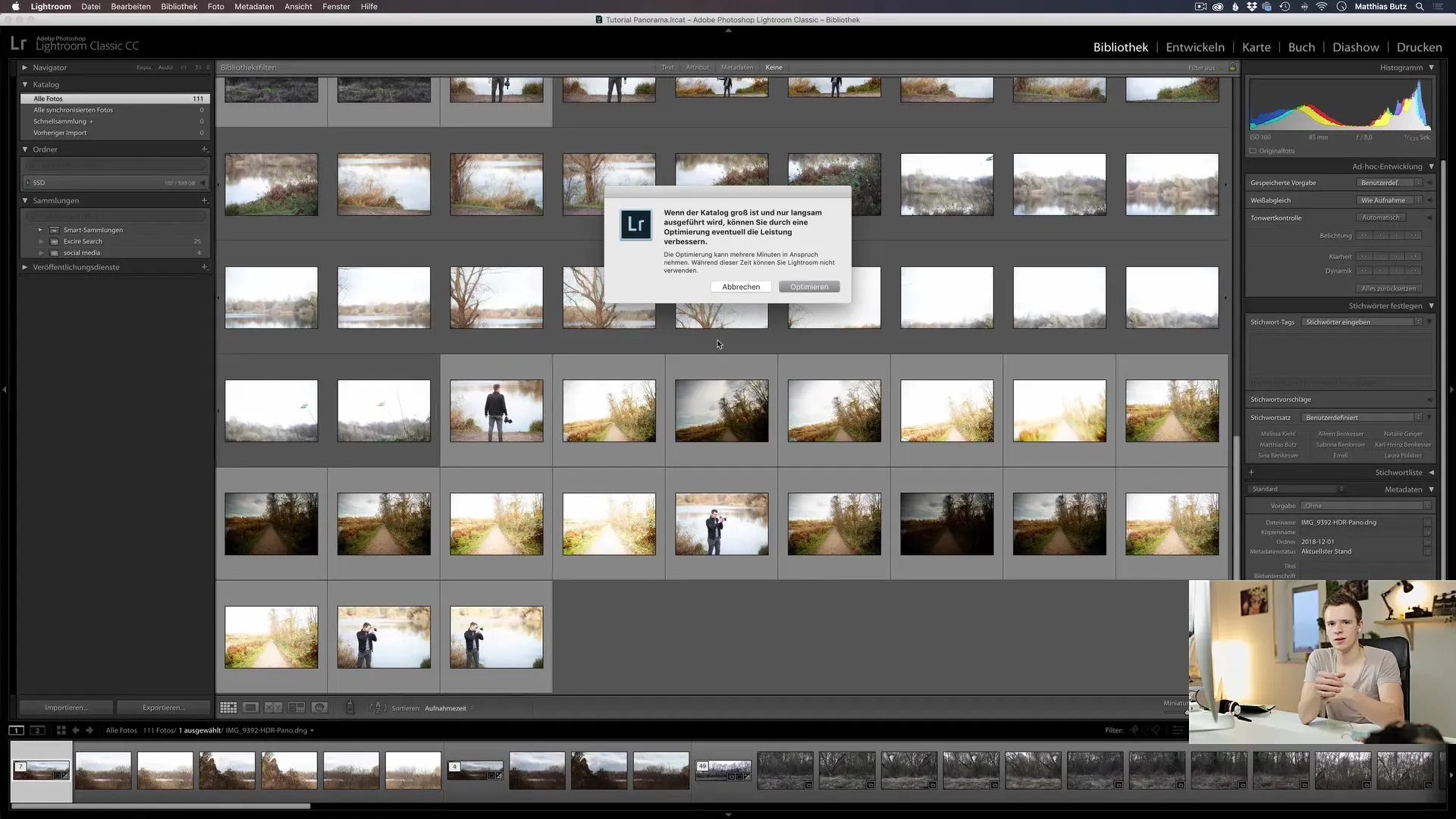
Check the latest catalogs
You can also navigate between different catalogs and view the recently opened catalogs to easily switch between your projects. This ensures quick access management of your catalogs.
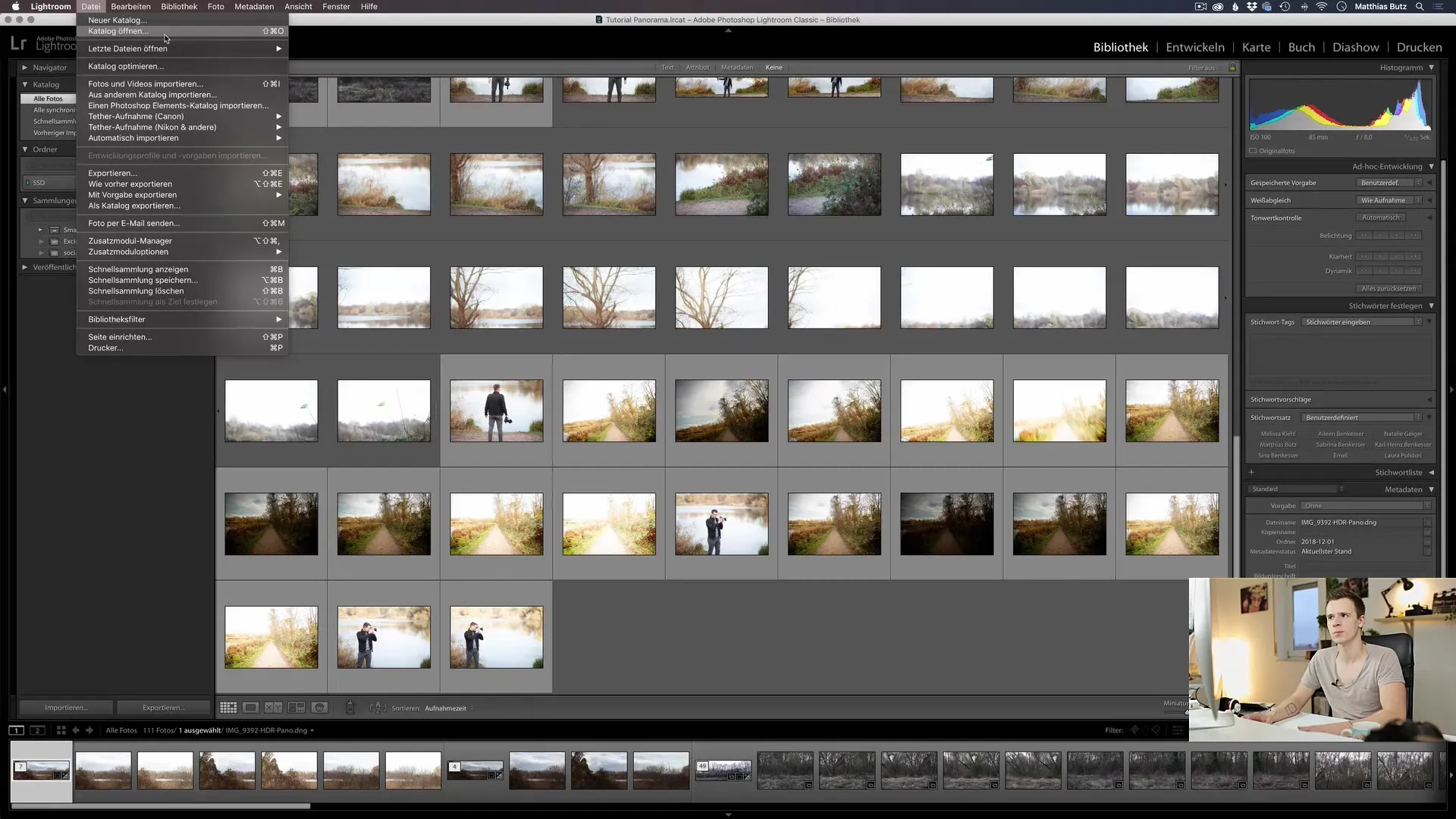
Summary
In this tutorial, you have learned everything necessary to effectively archive images in Lightroom Classic CC and export catalogs. The steps include opening the catalog, selecting the image folders, setting the storage location, exporting the catalog, and optimizing for better performance.
Frequently Asked Questions
How do I export a catalog in Lightroom?You can export a catalog by right-clicking on the folder and selecting "Export this folder as a catalog."
Why should I archive pictures?Archiving pictures ensures that your catalog contains less data, making the software faster and more efficient.
Where should I store my catalog?It is best to use an external hard drive or cloud system for archiving to ensure long-term security.
Can I reuse a catalog later?Yes, you can reopen the exported catalog at any time and access the pictures.
What happens when I restart Lightroom?Restarting Lightroom loads the new catalog, and you can again access the pictures you have archived.


